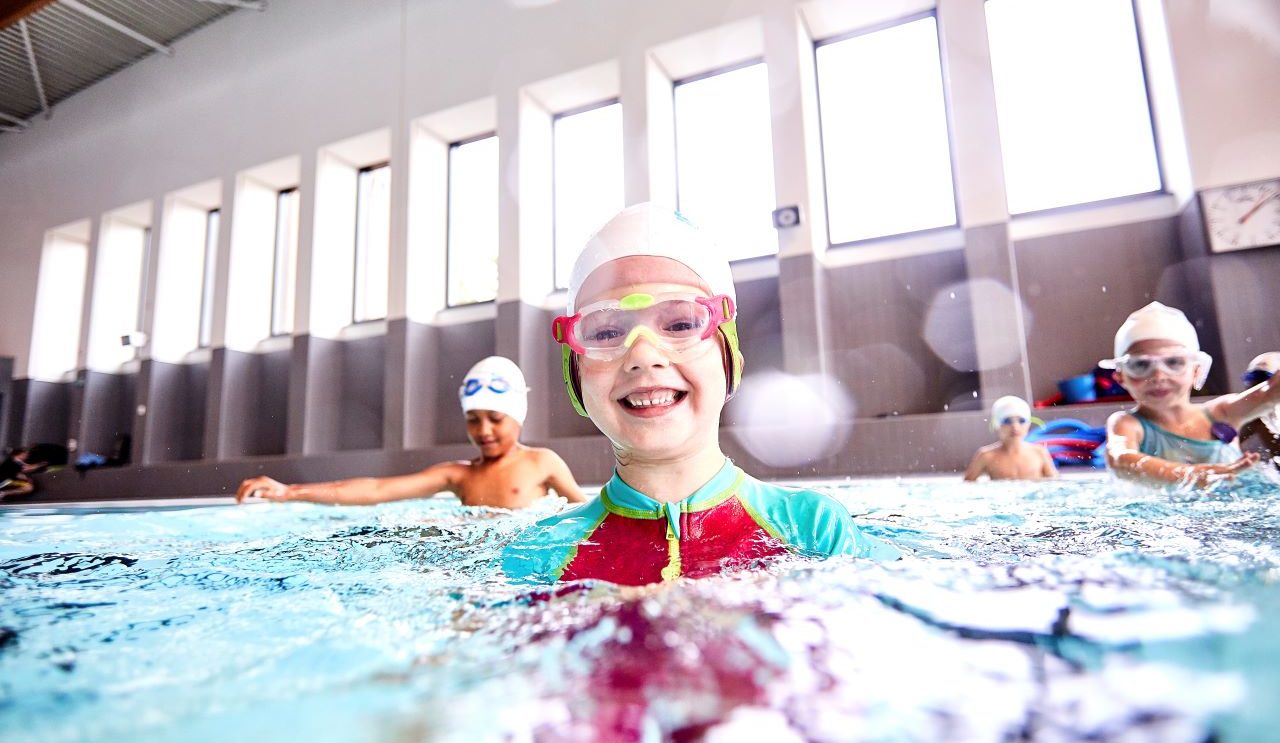
Why a fun approach to learning is so important
15/09/2017A question often asked at swimming lessons across the country is “Why is my child just playing games? They aren’t learning.”
We can categorically say that this is a complete myth.
A fun approach to learning is so important for children and adults alike, whether for swimming lessons or for any other learning opportunity.
This is the approach that we adopt for the Swim England Learn to Swim Programme.
Learning through fun and games
The easiest way for a child to acquire the skills needed to be a confident swimmer is through fun and games.
Games are an ideal way for children to develop their jigsaw of skills and may even lead to them learning how to combine one skill with another, without even realising.
The Swim England Learn to Swim Programme takes this approach to learning to swim, giving swimmers the core skills needed to become competent swimmers.
To illustrate this, during Learn to Swim Stage 2, children will play ‘dinner on a plate’, where they hold a float with a small toy on top, travelling through the water making sure it doesn’t fall off.
Not only is this a game that children love, it also provides an incentive for them to travel, building their buoyancy and balance, and travel and coordination, two important core aquatic skills for all children learning to swim.
Each skill counts
At each stage of the programme, all of the skills learned are crucial and must be achieved easily and without stress.
For example, if the swimmer does not accomplish a skill such as aquatic breathing, the achievement of skills such as rotation, streamlining, travel, buoyancy and balance will become difficult to perform effectively.
9 core skills of swimming
The core skills of swimming are the basic skills your child needs to keep afloat in water and to get ready to start swimming
- Entry
- Exits
- Buoyancy and Balance
- Rotation and Orientation
- Streamlining
- Aquatic Breathing
- Travel and Coordination
- Water Safety
- Health and Wellbeing
Through the journey of acquiring these skills, water competence will develop. Through competence in water, the child will have more fun, will be more likely to be active, follow a healthy lifestyle and participate in sport throughout his or her lifetime.
This process ultimately results in a child being able to swim different strokes, such as front crawl, breaststroke, backstroke and butterfly, as well as learning skills that may become transferable to another water-based or land-based sport.
Examples include developing throwing and catching for water polo, which is transferable to sports such as netball and basketball.
Skills such as the somersault may develop a swimmer’s ability to take part in synchronised swimming but could also be used in gymnastics.
Celebrating milestones
The Swim England Awards celebrate swimming milestones for the children as they achieve a specific skill, distance or complete a Learn to Swim Stage Award.
This adds the star dust for the child – we all enjoy getting recognition for our achievements!
The time it takes for a swimmer to develop the crucial skills and build their jigsaw of skills will depend on their own personal development, as swimmers progress at their own pace.
Parents and swimming teachers play a key role in keeping them motivated by ensuring that they continue to enjoy being in the water and learning to swim.
 Learn to Swim
Learn to Swim